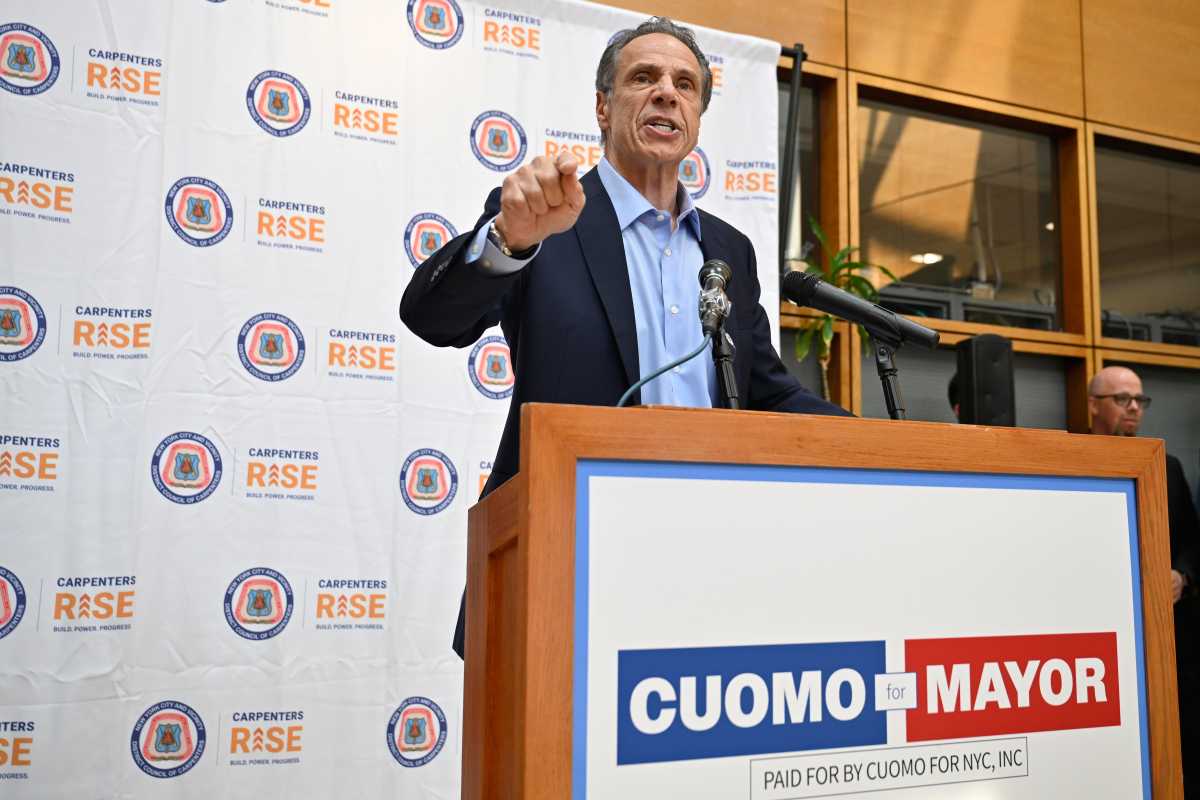The 2012 presidential campaign between President Barack Obama and his Republican challenger, former Gov. Mitt Romney, is shaping up to be one of the nastiest ever seen. Both are doing a heck of a job discrediting each other in the media and with hyperbolic advertisements over issues from Medicare to health care to even tax returns.
Amazingly, at a time when most Americans are thinking with their wallets as much as their heads and hearts in choosing their next president, the sluggish economy seems to have been pushed to the back burner. Perhaps this is with good reason, as both Obama and Romney claim to offer plans for stimulating the economy without providing many details as to how to reach that goal.
Everyone seems to agree, however, on the obvious point that job growth is essential to economic growth. The industrial sector has been devastated by years of outsourcing to foreign nations, and we may never get those jobs back without accepting lower standards of living.
Technology is also changing, and with these advances, more jobs are becoming obsolete. This is proving to be a great challenge for the people affected by it, as when one door closes, another one isn’t opening for them.
We encourage each candidate and every registered voter to read a story published in Sunday, Aug. 19 in The New York Times titled “Skilled Work, Without the Worker.” It’s a piece on the new wave of robots that will drastically change the employment market.
“This is the future. A new wave of robots, far more adept than those now commonly used by automakers and other heavy manufacturers, are replacing workers around the world in both manufacturing and distribution,” wrote the article’s author, John Markoff, noting that factories both overseas and in the U.S. are using newer robots which are “a striking counterpoint to those used by Apple and other consumer electronics giants, which employ hundreds of thousands of low-skilled workers.”
It was also reported that in the “cavernous solar-panel factory run by Flextronics in Milpitas, south of San Francisco, a large banner proudly proclaims ‘Bringing Jobs & Manufacturing Back to California!'” As Markoff wrote, “Yet, in the state-of-the-art plant, where the assembly line runs 24 hours a day, seven days a week, there are robots everywhere and few human workers.”
The article goes on to explain the increased use of robots on assembly lines in distribution plants which service supermarkets, moving and packing boxes ready for shipment, as well as increased use in auto factories.
Robots may be more efficient and more perfect than humans on assembly lines, but we have so many people in this country dependent on these kinds of jobs to live. What will become of them when their jobs are made obsolete by machinery?
Once the refrigerator became a common appliance, the ice man who serviced the ice boxes became obsolete-but that worker was ultimately replaced by another job, the refrigerator repairman. We don’t see this tradeoff happening in today’s society. When one job becomes obsolete, nobody is producing a new job to replace it.
The people need answers to job creation, and they won’t find them in the speeches Obama and Romney will give at their upcoming conventions. Let’s hope, however, that the moderators at the October debates press the issue with both candidates and get them to fully explain what they plan to do to help resolve the American job crisis.




































